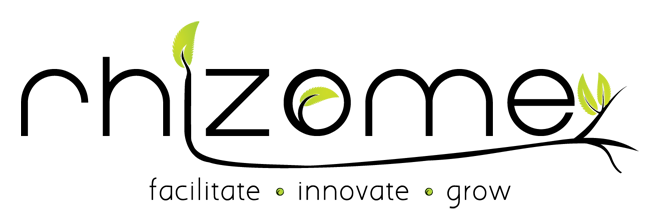On being a facilitator
In early February, Matthew and I delivered a facilitation training for staff at the World Development Movement, which had developed out of a Rhizome discussion last November with all seven facilitators. We had talked then about the difficulties of delivering meaningful training in a few hours, a single day. We understand why this happens – releasing significant numbers of staff and volunteers from their day to day jobs has a real impact. So we then talked about how we could have an equally real impact in a relatively short time. The phrase we used was making catalytic interventions. How do we ensure that our work catalyses real change?
Our training design changed because of this discussion, manifesting in the training for WDM which in turn built on a recent facilitation training with 38 Degrees . It was more playful and more powerful. It was not the traditional, logical progression of facilitation training but nevertheless clear, shared learning took place about what it means to be a facilitator as opposed to doing facilitation. We’re into ‘states of mind’ territory here, and that feels like a place where change can happen faster than when we’re training in technique and toolkits.
Maybe considering an analogy between photography and facilitation helps to explain this more clearly. Suppose you love photography, are fascinated by the work of say Shirley Baker or Diane Arbus, Mitch Epstein or Clement Cooper. You want to be a photographer, so you research in depth what tools your role model uses, which cameras, meters, lenses, equipment for reproduction, techniques for cropping or colouration, digital enhancement etc. But to be a photographer you need more than just the tools; you need to be able to see, to observe, to notice, to frame, to take risks, to wait, to trust yourself, to act at the right moment. It also involves luck, fortuity, serendipity, happening to be in the right place at the right moment. The only way to be a photographer is to be a photographer – having a photographer’s state of mind, the instinct and the vision. The tools are only as good as the artist who uses them.
Being a facilitator is similar. The tools are useful, but unless you really are focussed on being a facilitator the tools will not work on their own – a facilitator needs to be open, listening, observing, taking risks, know when to speak or wait, sense the dynamics and energy of the group… it’s a state of mind.
A participant asked us during a break in the afternoon whether you could actually be trained to be a facilitator or was it a matter of having the right kind of personality and skills already. Through many years of running different kinds of training, I have several times come away with the feeling that some people there could not be trained to do or be whatever it was we were working on. Underlying this is the idea that someone has to “know” already whatever the training is aiming at, although they may not be conscious that they know it. In the course of the training they will recognise what is being developed and thus become conscious of their own understanding. The trainer’s role is to open people’s inner eyes, to make explicit what is already understood, to affirm their own understanding and enable them to voice it and thus to build their confidence, their trust in themselves. This is not to say that the people I’m thinking of could not be trained but maybe only that they were not at a point in their own development which coincided with what the training was saying. Maybe a month, a year further on it fell into place or began to make sense, maybe not.
Our agenda didn’t offer an explicit list of facilitation tools, but activities to get people thinking about group dynamics, power and decision making, mainstreams and marginals, listening and sensing, and most of all how everyone in the group is actually involved in facilitating. The question that the participant put to us seemed to show that, for her, it had worked, as did feedback from the organiser:
“Thanks for yesterday, it was really great, lots of people told me how much they enjoyed it and we already saw benefits in our meeting today. “
So how was it received? Some of the comments, either on the learning that people took away with them or what could have been improved on are:
“There are lots of ways of facilitation – I like the idea of shared facilitation, co-facilitation”
“The holiday graph visualised the complexity of a meeting”
“More on how to facilitate groups… where there isn’t a shared culture”
“Lots of useful things we can use in practice – these have built my confidence”
“In the weather reporting discussion the question was too difficult and led to confusion”
“Time for us to talk about how we could apply what we’ve learnt”
“Problem behaviour session could have been longer”
“Shape and structure of the day – moving from the conceptual to the practical worked very well”
And as always we, the facilitators, sat down together to reflect on and learn from what we had experienced before running for our trains home.
Jo
